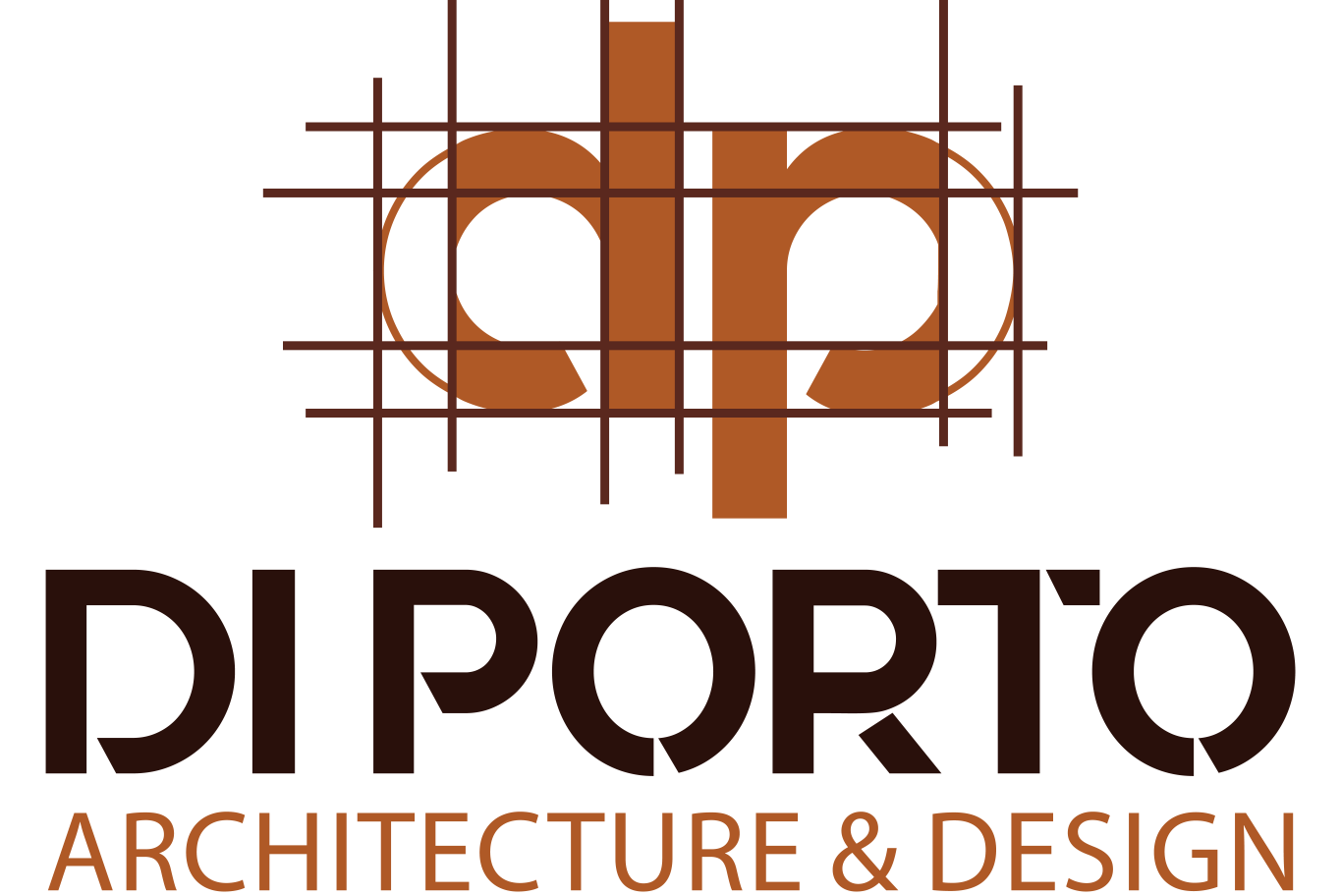Content

During this process, you need to investigate the Benefits, Risks, Issues, Domain knowledge, and Goals of the main Subject to find decision making framework an optimal Solution. The decision framework provides a structure to evaluate a decision based on a person’s values and goals.
But product management teams face added challenges, because they are continuously pushing forward on several fronts at the same time, many of which require strategic decisions. Because it emphasizes decision clarity, Lawley and Schure explain, the DACI model often represents a better framework for product managers. The rational decision-making model has important lessons for decision makers.
What is the decision making process?
It is also possible that an entirely new solution will arise during the evaluation process. This step requires you to look for many different solutions for the problem at hand. Finding more than one possible alternative is important when it comes to business decision-making, because different stakeholders may have different needs depending on their role. For example, if a company is looking for a work management tool, the design team may have different needs than a development team.
- But going with your gut is less effective and efficient when you’re in an unfamiliar circumstance, like a new job.
- Visual Paradigm helps you to add or input data to your pareto chart easily.
- Only by careful exploration of the problem, aided by the insights and different perspectives of others, can we make good ethical choices in such situations.
- It outlines the key activities involved in making a decision and provides an overview of the process.
- Another advantage of the rational model is that it urges decision makers to generate all alternatives instead of only a few.
In this chapter, we are going to discuss different decision-making models designed to understand and evaluate the effectiveness of nonprogrammed decisions. Many decisions involve more than selecting among options we cannot improve or making judgments about things we cannot influence. In so much of life, we use our energy and talents to make things happen. Imagine that the task at hand is to determine how long we will need to complete a project. That’s a judgment we can control; indeed, it’s up to us to get the project done. By believing we can do well, perhaps even holding a level of confidence that is by some definitions a bit excessive, we can often improve performance.
BEST Decision Making Tools for Business (2023 Update)
Sometimes what appears to be an ethical dispute is really a dispute about facts or concepts. For example, some Utilitarians might argue that the death penalty is ethical because it deters crime and thus produces the greatest amount of good with the least harm. Other Utilitarians, however, might argue that the death penalty does not deter crime, and thus produces more harm than good. The argument here is over which facts argue for the morality of a particular action, not simply over the morality of particular principles. All Utilitarians would abide by the principle of producing the most good with the least harm. When using the frameworks to make ethical judgments about specific cases, it will be useful to follow the process below.
Four of these—simple, complicated, complex, and chaotic—require leaders to diagnose situations and to act in contextually appropriate ways. The fifth—disorder—applies when it is unclear which of the other four contexts is predominant. Among the advantages of this ethical framework is that focusing on the results of an action is a pragmatic approach. It helps in situations involving many people, some of whom may benefit from the action, while others may not. On the other hand, it is not always possible to predict the consequences of an action, so some actions that are expected to produce good consequences might actually end up harming people. Additionally, people sometimes react negatively to the use of compromise which is an inherent part of this approach, and they recoil from the implication that the end justifies the means. Like virtue ethics, feminist ethics concerned with the totality of human life and how this life comes to influence the way we make ethical decisions.
Development of Decision-Making Framework
It’s quickly reviewing everything you’ve learned from similar past situations to help you make a decision in your current situation. The flexibility of the Vroom-Yetton model is one of its strengths. Anyone at any level can use it, and it can work even if you’re in an unfamiliar situation. However, it doesn’t consider personal factors for the decision-maker, the questions may not be precise enough for some situations and it may not work as well for larger groups. Your answers to the questions then guide you toward one of five decision-making processes to use. Options range from making the decision based on what you know now without consulting your team to reaching a group consensus with your team.

Lascia un commento